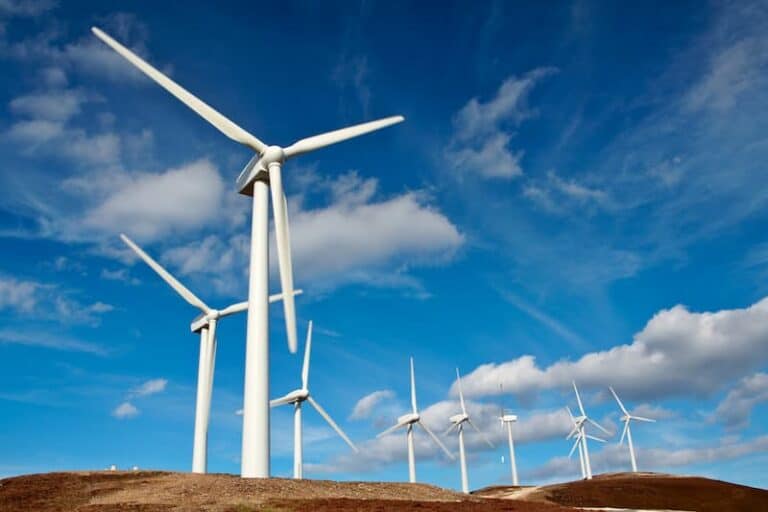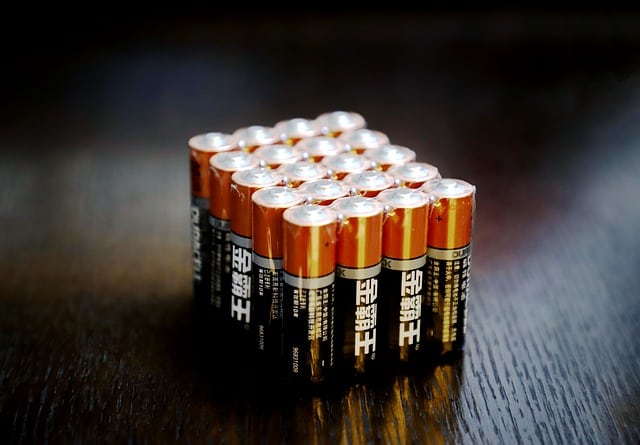What is a Matter and What are Five Different States of Matter?

Matter is simply defined as anything that occupies space and has mass. In it a terminology widely used in physical science in the study of the properties and nature of energy and things in non-living systems. Matter is anything in the universe in the form of molecules, atoms, ions that make up all physical substances. Matter can be converted from one form to another. Energy is a good example of matter as it can be converted from one form to another. For example, kinetic energy can be changed into electrical energy.
Matter occurs in various states, mainly known as the states of matter. The state of matter determines the form and the nature taken by a substance. Largely, there are four fundamental states of matter and they are observable in everyday life. These include solid, liquid, gas, and plasma. There are also other states of matter that are believed to exist only in extreme conditions, like the neutron-degenerate matter and Bose–Einstein condensates.
Wikipedia defines states of matter as,
“In physics, a state of matter is one of the distinct forms that matter takes on. Four states of matter are observable in everyday life: solid, liquid, gas, and plasma. Many other states are known to exist only in extreme situations, such as Bose–Einstein condensates, neutron-degenerate matter and quark-gluon plasma, which occur in situations of extreme cold, extreme density and extremely high-energy color-charged matter respectively. Some other states are believed to be possible but remain theoretical for now.“
Five Different States of Matter
Here are the 5 different states of matter.
-
Solids
In solid state, the particles are tightly packed together which makes them incapable of moving freely. The forces or bonds holding the particles together are so strong that the particles only vibrate instead of moving. Accordingly, all matters in solid state have definite volume and definite shape. They only change their shape when they are subjected to a force such as when they are broken or cut. The particles in solid state have low kinetic energy and this is what makes the atoms, ions, or molecules in to vibrate, but remain in their fixed positions. Solid state matter is grouped into crystalline solids and non-crystalline solids.
Crystalline solids have its particles (ions, molecules, or atoms) packed in regular order and repeated pattern. Examples include iron metal and ice. Non-crystalline solids have its particles in amorphous pattern and are usually described as non-classical states of matter. An example is glass. Solids states of matter can be converted into liquids by melting, and liquids can be converted into solids by freezing. Solids can also transform directly into gases through sublimation process.
-
Liquids
In the liquid state of mater, the particles making up the substances are moderately loosely packed and incompressible. As a result, liquids have more kinetic energy compared to the solids. Liquids lack regular arrangements or shape, but its particles are close to each other which make liquids to have a definite volume. So, liquids can conform to take the shape of anything that holds them. This is why liquid can be packed in different containers and simply takes the shape of the holding container.
Liquids have a definite volume provided pressure and temperature remains constant. Force is evenly distributed throughout a liquid. So, when a solid material is placed in a liquid, the object will displace the liquid. The liquid particles are held together by weak intermolecular force which makes the particles intact. When a liquid is heater to higher temperatures, it changes its state into gas. The best example of matter in liquid state is water.
-
Gases
In the gaseous state of matter, the molecules have high kinetic energy which makes the intermolecular forces very small or close to zero. This makes the typical distance between the molecules is much greater than the molecular size. On this basis, gas can conform to the shape of its container and can also expand to fill the container. A gas has no precise shape or volume, but occupies the entire area (holding aspect e.g. container) in which it is confined.
If left unconfined, the gas particles will distribute over an area indefinitely. Gas can turn into liquid by cooling or compression because these processes reduce the intermolecular distance and kinetic energy of gaseous particles. In some conditions, gas can directly transform into solid without passing through the liquid state. Therefore, gas is to a great extent termed as compressible fluid.
-
Plasma
Plasma is another state of matter that is quite common on earth. It is mostly widespread in the universe. Its composition is similar to a gas and as such, it lacks a definite shape or volume. The difference between gas and plasma is that plasma is composed of highly charged molecules with very high kinetic energy. In other words, plasmas are electrically conductive, strongly respond to electromagnetic forces, and can produce electric currents as well as magnetic fields.
The noble gases namely neon, helium, krypton, xenon and radon are many times used in glowing signs by electrically ionizing them into plasma state. Stars are examples of superheated balls of plasma. Other general examples of illuminated plasma state of matter include the processes enabling the functioning of plasma televisions and fluorescent lights, and the occurrences of lighting and electric sparks. A gas is transformed into plasma when it either exposed to very high temperatures or when two points have a huge voltage difference.
-
Bose–Einstein condensate (BEC)
Unlike other states of matter, Bose–Einstein condensate is quite uncommon as it only occurs under extreme conditions. It is a state of matter that was advanced much later after the knowledge of the most important states of matter (solid, liquid, gas, and plasma) discussed above. According to the physical science explanation, Bose–Einstein condensate (BEC) is a state of matter of a dilute gas of bosons cooled to temperatures very close to absolute zero, about −273.15 degrees Celsius.
At this extremely low temperature, most of the bosons are in the lowest quantum state because the molecular motion comes very close to stopping completely. At this point, it becomes apparent that there are no longer thousands of disconnected atoms, but just one “super atom”. It merely creates a macroscopic quantum phenomenon. One of the prominent observances is that as light passes through BEC, it appears to slow down.






